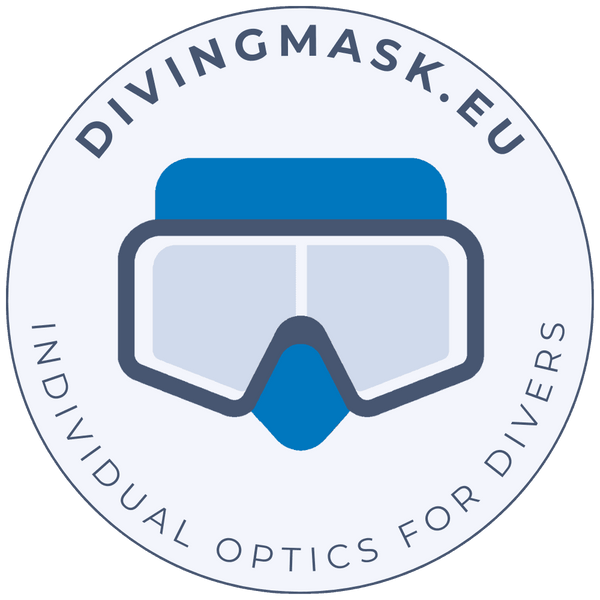Swimming Goggle Lens Materials
Glasses lenses made of Polycarbonate or Trivex are materials that offer a high level of protection, lightness and strength, but they differ in some respects. Here is a comparison of the two materials:
1. Weight
- Polycarbonate: Polycarbonate lenses are lighter than traditional plastic lenses but heavier than Trivex lenses. This makes them comfortable to wear, especially in larger frames.
- Trivex: Lenses made of Trivex are even lighter than polycarbonate. Trivex has a very low weight, which makes the lenses extremely comfortable, especially when worn for long periods.
2. Impact resistance
- Polycarbonate: Polycarbonate is a material that is very resistant to impacts and shocks, which makes polycarbonate lenses safe and recommended for children, athletes and people working in difficult conditions.
- Trivex: Trivex is also highly impact resistant and can even be said to be superior to polycarbonate in this respect. Trivex is more flexible and less likely to crack under stronger impacts.
3. Optical quality
- Polycarbonate: Polycarbonate lenses offer good optical quality but may produce minimal distortion in some cases, especially at higher prescription powers.
- Trivex: Trivex offers better optical quality than polycarbonate because it has a lower refractive index, which allows the production of thinner and clearer lenses. This provides higher image sharpness and less distortion.
4. UV protection
- Polycarbonate: Polycarbonate lenses naturally block 100% of harmful UV radiation, protecting your eyes from its harmful effects.
- Trivex: Trivex also offers 100% natural UV protection, which means lenses made from this material do not require additional UV protection coating.
5. Scratch resistance
- Polycarbonate: Polycarbonate is relatively scratch-resistant, but the material is not as hard as some other materials, so polycarbonate lenses often require additional protective coatings (e.g. anti-reflective and protective coatings).
- Trivex: Trivex is more scratch-resistant than polycarbonate, but it is still recommended to coat the lenses with a protective coating to increase their durability. Trivex is harder, making it more resistant to everyday scratches.
6. Durability and strength
- Polycarbonate: Polycarbonate is impact resistant, but may warp over time due to heavy use. It is less resistant to temperature changes and may change color over time, especially with prolonged exposure to UV radiation.
- Trivex: Trivex is more durable and resistant to temperature changes than polycarbonate. Its molecular structure means that the lenses maintain their optical and aesthetic properties for a longer period of time, do not yellow or deform.
7. Price
- Polycarbonate: Polycarbonate lenses are typically less expensive than Trivex lenses. They are a popular choice because they combine good quality with affordability.
- Trivex: Trivex lenses are more expensive than polycarbonate lenses because this material is more technologically advanced and offers better optical and durability properties.
8. Aesthetics
- Polycarbonate: Polycarbonate lenses are thinner than traditional plastic lenses but thicker than Trivex lenses. Their appearance may be slightly less aesthetic at higher prescriptions.
- Trivex: Trivex lenses are thinner, making them more aesthetically pleasing, especially for people with higher visual impairments. With higher optical quality, Trivex lenses offer better looks and better clarity.
9. Application
- Polycarbonate: Thanks to their impact resistance and lower price, polycarbonate lenses are often chosen for everyday wear, especially for children's glasses, active wear, and safety glasses.
- Trivex: Trivex lenses are popular with those who require the highest quality vision correction due to their superior optical quality and durability. They are also a great choice for elegant frames and those looking for reliable, lightweight and aesthetic lenses.
Summary:
- Polycarbonate: More affordable, offering good optical quality and high impact resistance, it is a great choice for those looking for functional and safe lenses.
- Trivex: This is a more expensive option, but offers better optical quality, greater durability, and is lighter and more scratch and crack resistant than polycarbonate. An ideal choice for those looking for the best quality in every aspect.
The choice between polycarbonate and Trivex depends on your personal preferences and budget. If you want the best optical quality and durability, Trivex will be the better option. If you are looking for a cheaper alternative with good protective properties, polycarbonate will be sufficient.
-
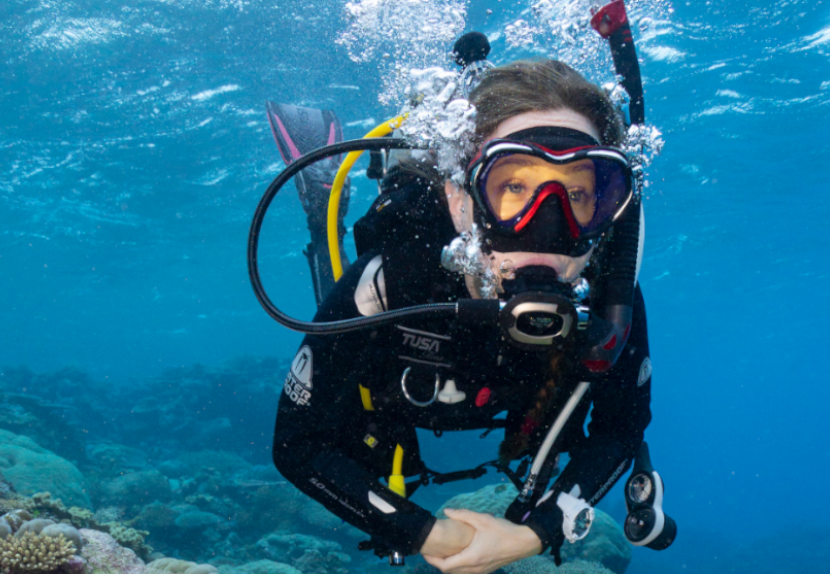
TUSA diving masks - Advanced technology and precise fit Discover our selection...
-
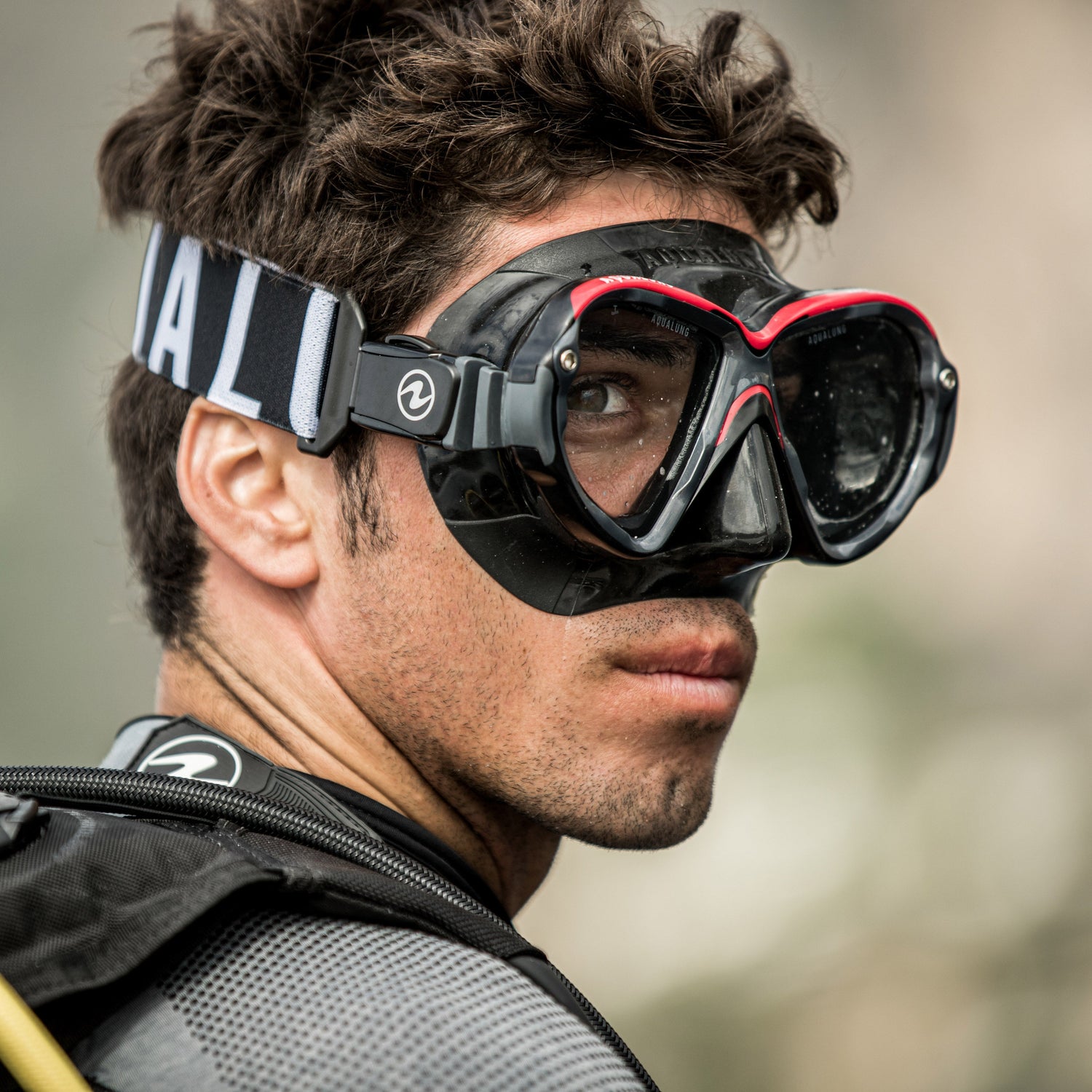
Aqualung diving masks – precision, comfort and the possibility of mounting corrective...
-

Cressi Diving Masks – Italian precision, comfort, and the option for corrective...
-
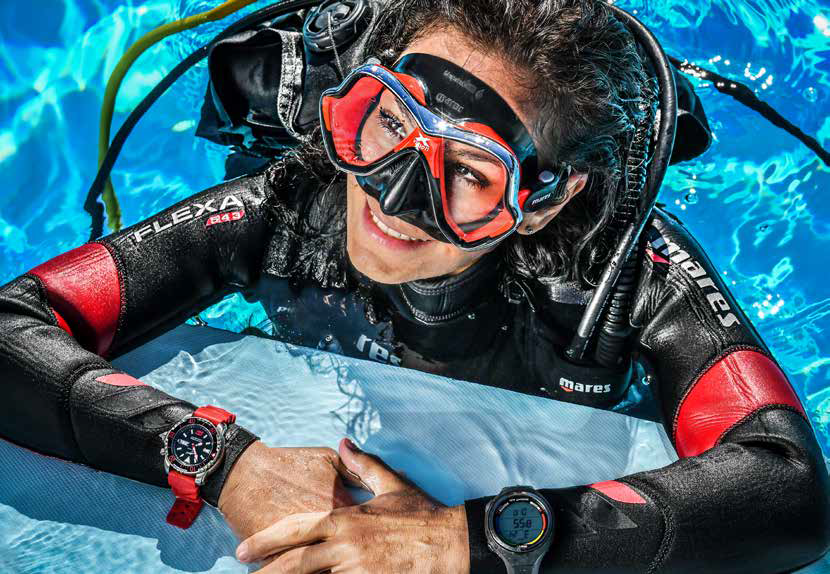
Mares diving masks – perfect visibility under water with the possibility of...
-
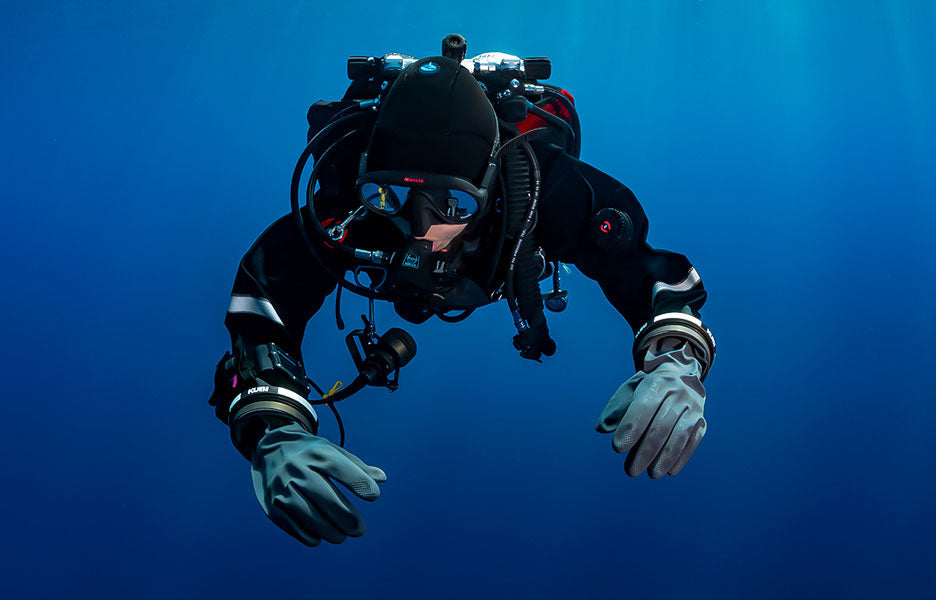
Hollis – brak ograniczeń, tylko technika NO LIMIT – to nie tylko...
-

Corrective lenses for diving masks
Corrective lenses for diving masks - clear vision underwater thanks to a...
-
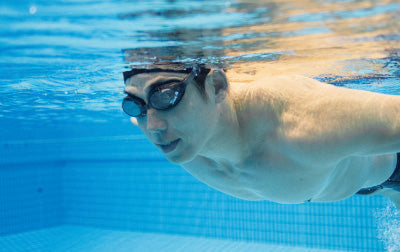
Prescription swimming goggles – clear vision during any water activity Corrective swimming...
